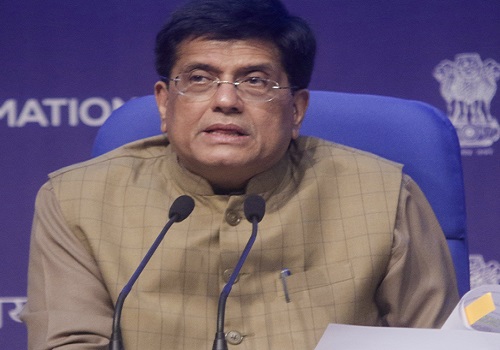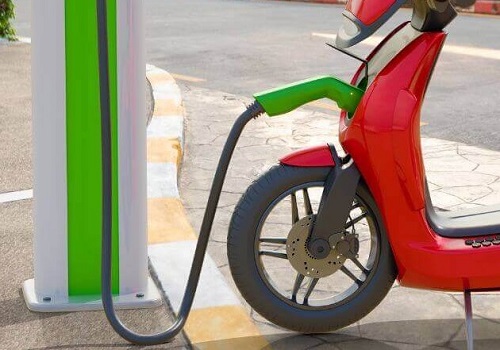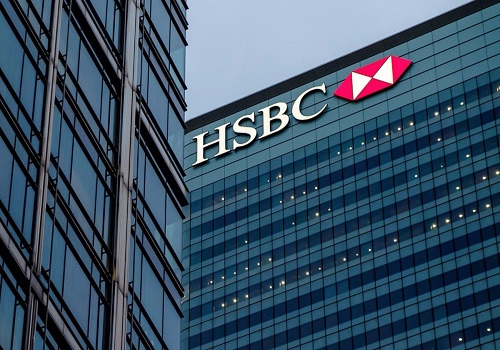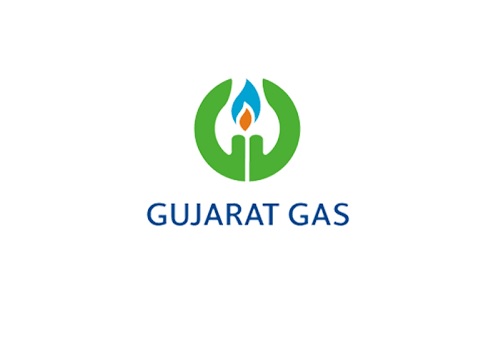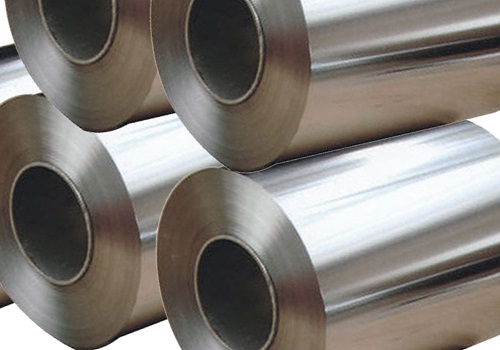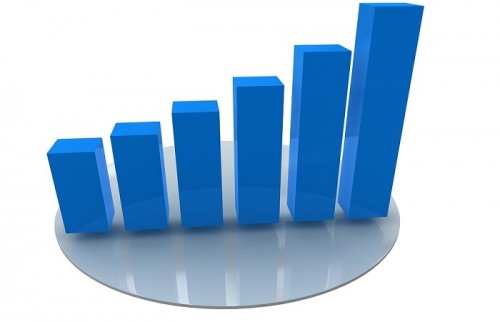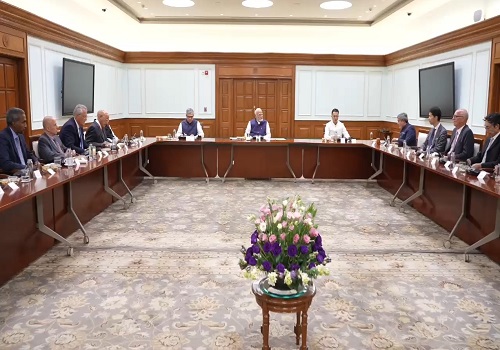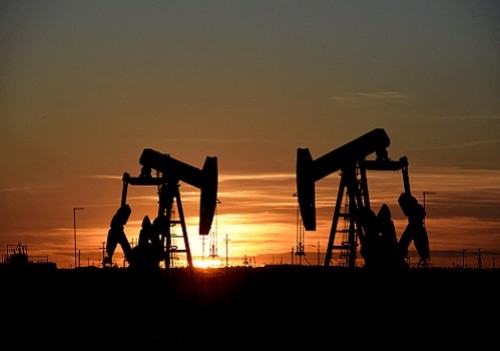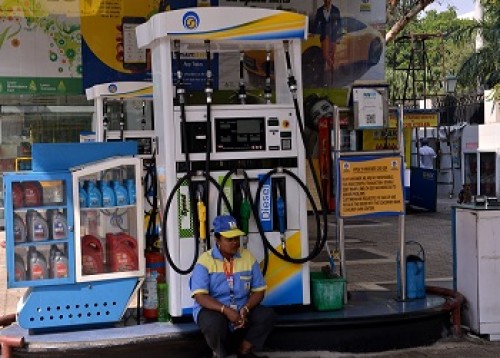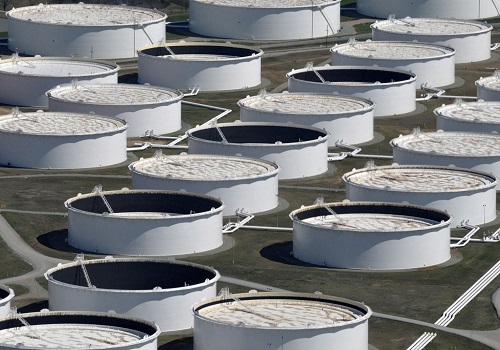Copper heads for its biggest quarterly plunge since 2011
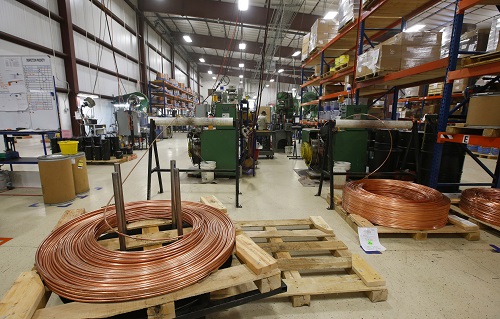
Follow us Now on Telegram ! Get daily 10 - 12 important updates on Business, Finance and Investment. Join our Telegram Channel
Copper prices fell on Thursday and were down almost 20% in the second quarter, the biggest quarterly fall since 2011, after COVID lockdowns in China and slowing economic growth curtailed demand.
Other industrial metals were also headed for their biggest quarterly fall in several years, down between 20% and 40%.
Many analysts fear further declines in the near term, as central banks push ahead with rapid interest rate rises that will stifle growth.
"We still see metals falling as a recession in the U.S. is fully priced in," said Commerzbank analyst Daniel Briesemann.
Benchmark copper on the London Metal Exchange (LME) was down 1.1% at $8,306 a tonne by 1047 GMT and down 19.9% since the start of April.
Copper fell 19.8% in the first quarter of 2020, when COVID-19 spread worldwide. There has been no other quarterly plunge on that scale since 2011.
Briesemann said copper could slip as low as $7,000-$7,500 in Q3, but prices should rise towards the year-end.
MARKETS: Global stock markets have suffered the worst first half of the year on record. [MKTS/GLOB]
DOLLAR: The dollar is set for its biggest quarterly gain since 2016, making metals priced in the currency costlier for non-U.S. buyers. [USD/]
CHINA: Chinese factory activity rose slightly in June after three months of contraction caused by COVID lockdowns.
JAPAN: Japan's manufacturing output saw its biggest monthly drop in two years in May.
PRICES: LME aluminium was down 0.5% at $2,459.50 a tonne and down almost 30% in Q2; zinc fell 3.2% to $3,252.50 and was 22% lower in Q2; nickel slipped 2% to $23,305 and was down almost 27% in Q2; lead was 0.7% lower at $1,920 and has fallen 20% in Q2; tin rose 0.1% to $26,790 but has plunged 38% in Q2.
The quarterly declines for all five metals were the biggest in at least a decade.


.jpg)
